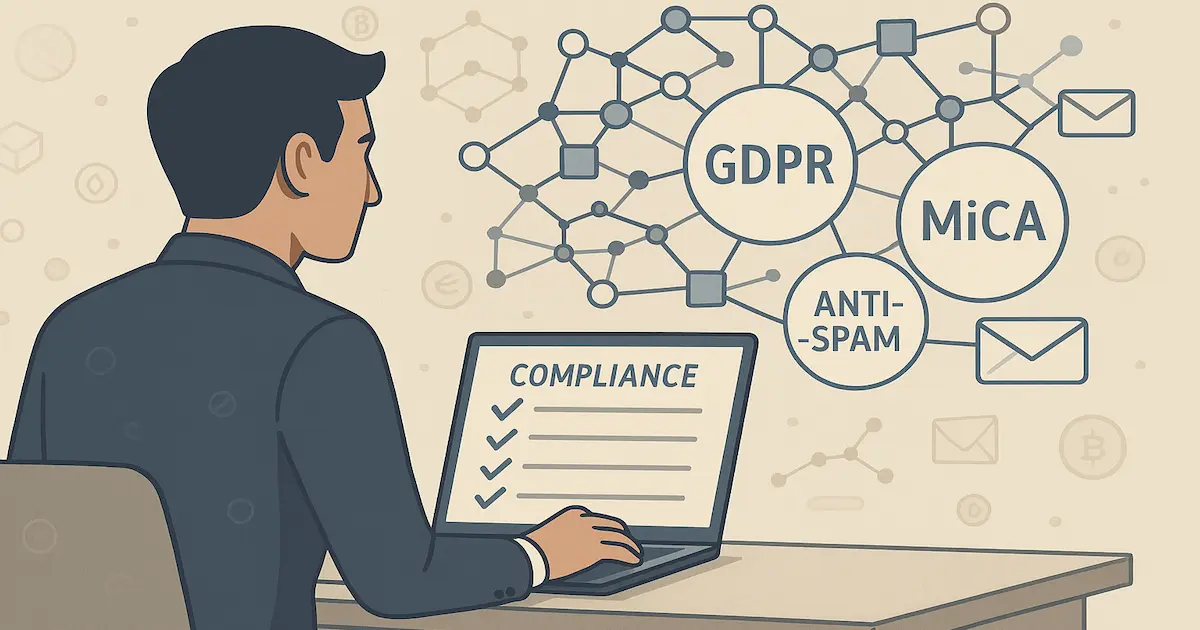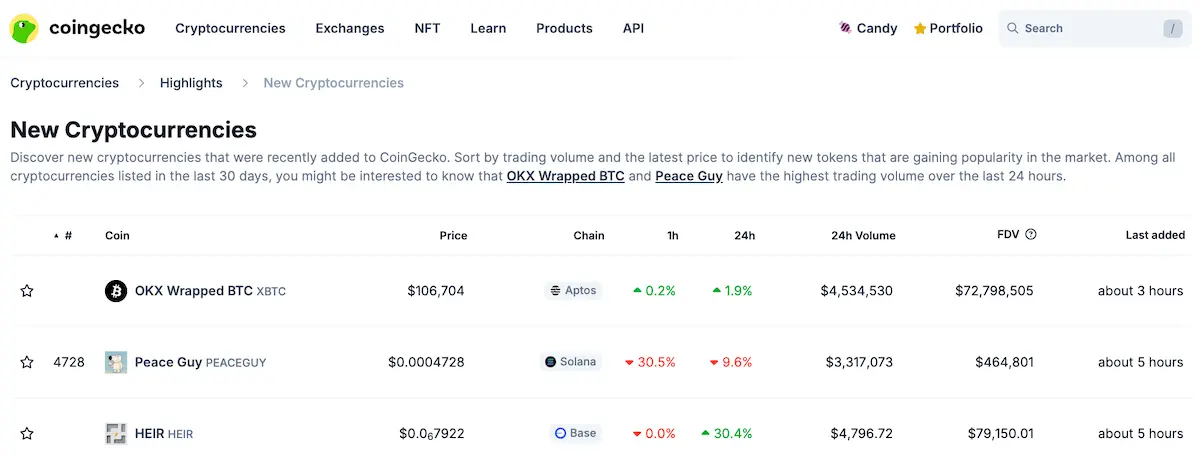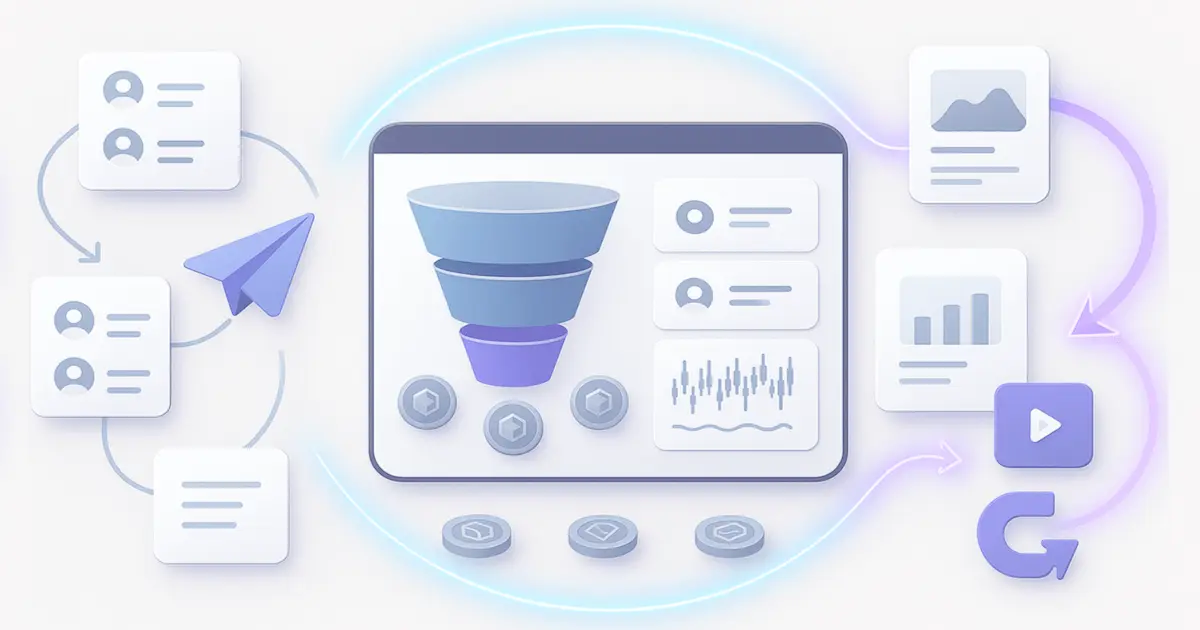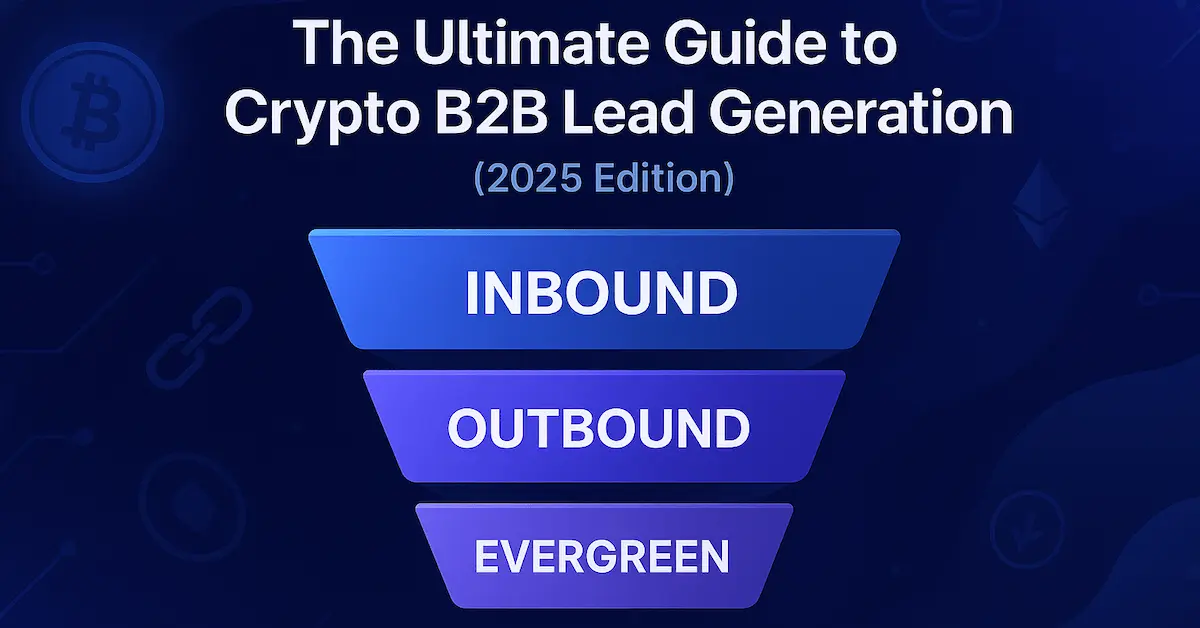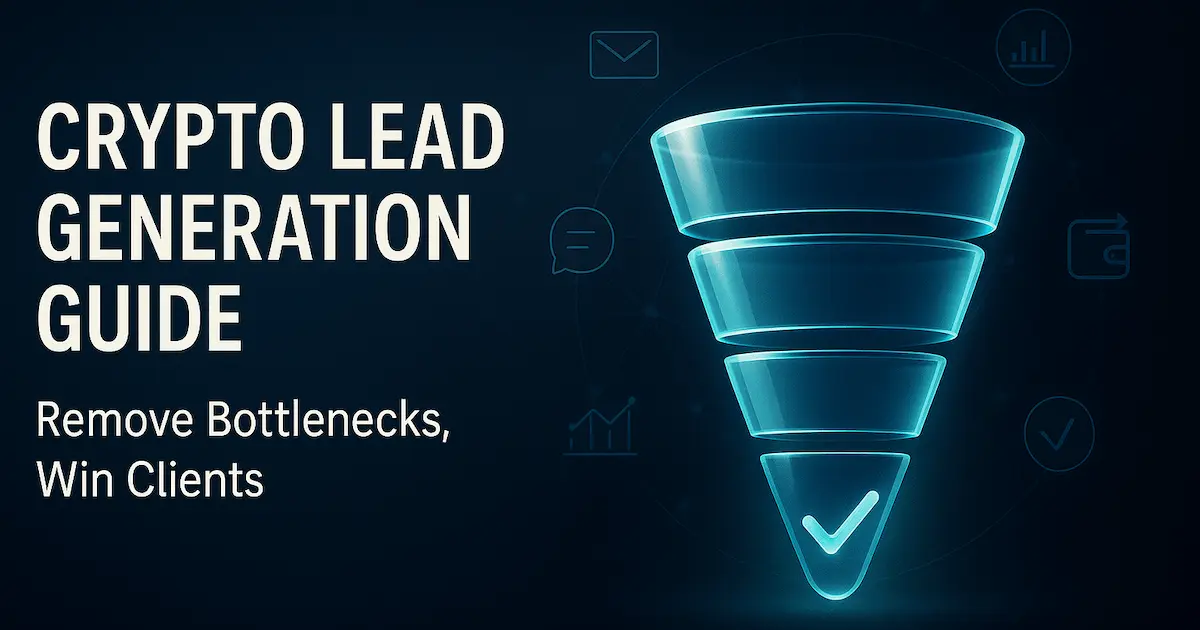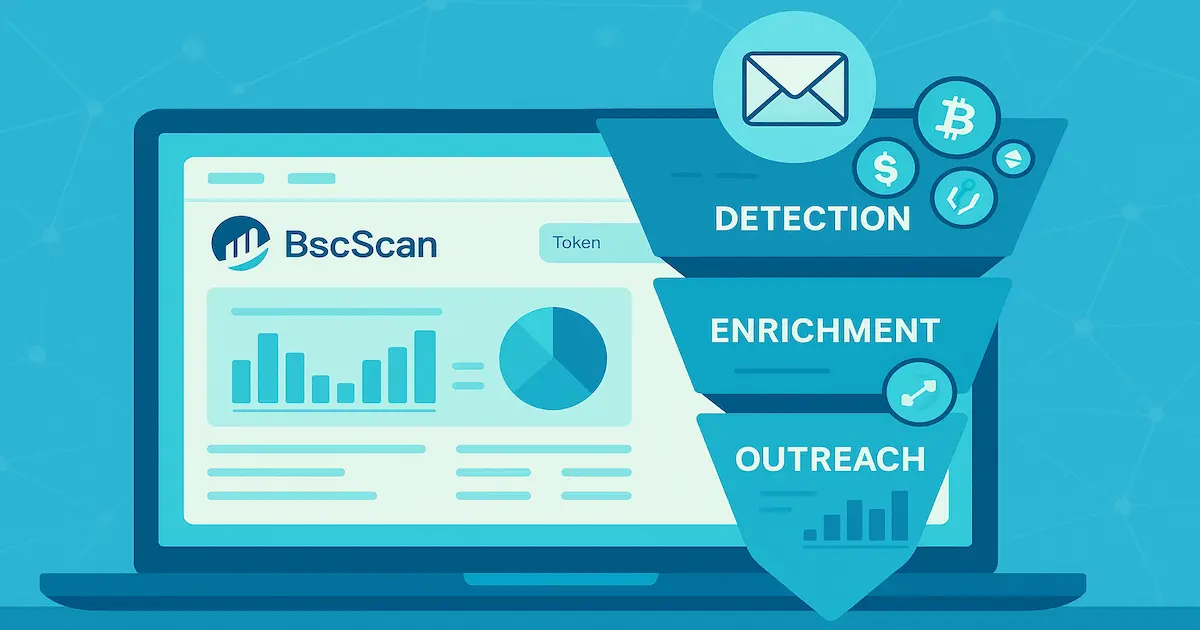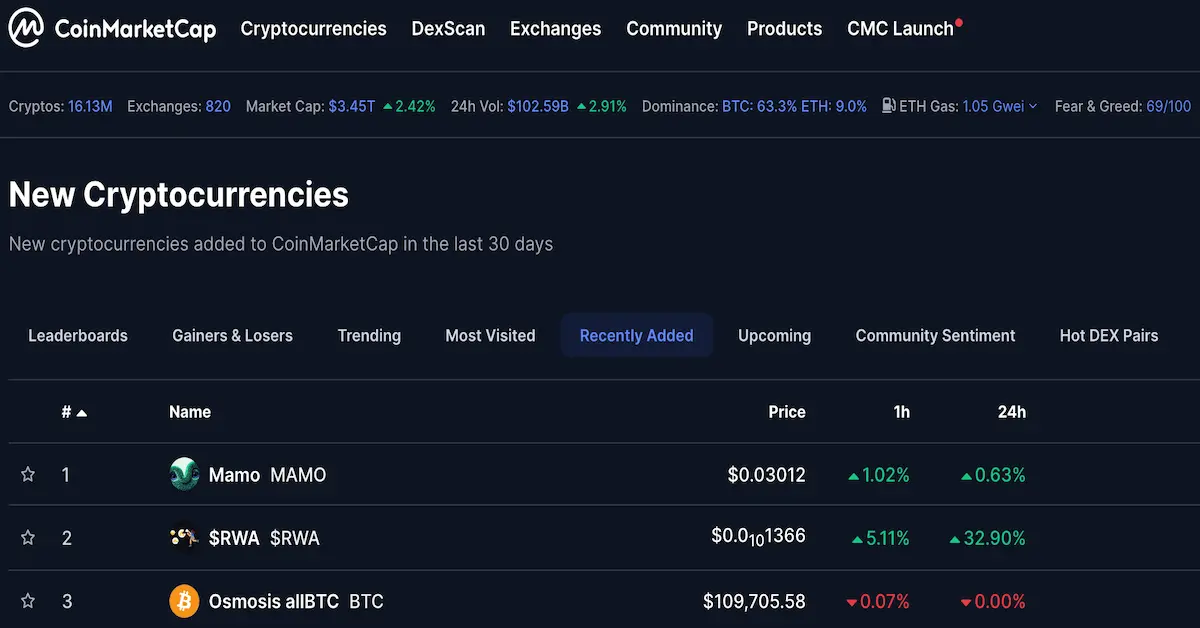How to Connect LeadGenCrypto to Your Crypto Email Suppression List Without Duplicates
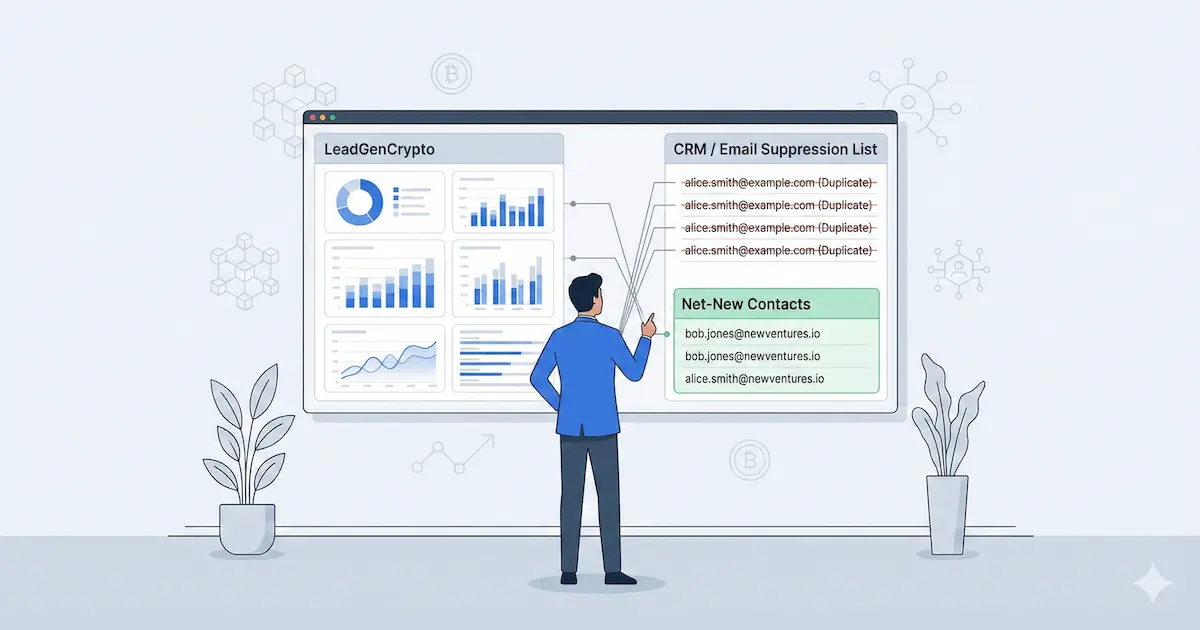
- Treat your crypto email suppression list as the single source of truth for past outreach.
- Connect LeadGenCrypto once, then block all known emails using Email Exceptions configuration.
- Use crypto CRM deduplication rules so new leads enrich projects instead of spawning clones everywhere.
- Start with a 7-day cleanup sprint, then automate ongoing merging and deduplication.
- Expect cleaner funnels, higher compliance and deliverability, and no more double-paid contacts.

